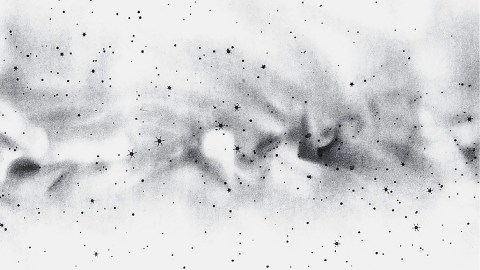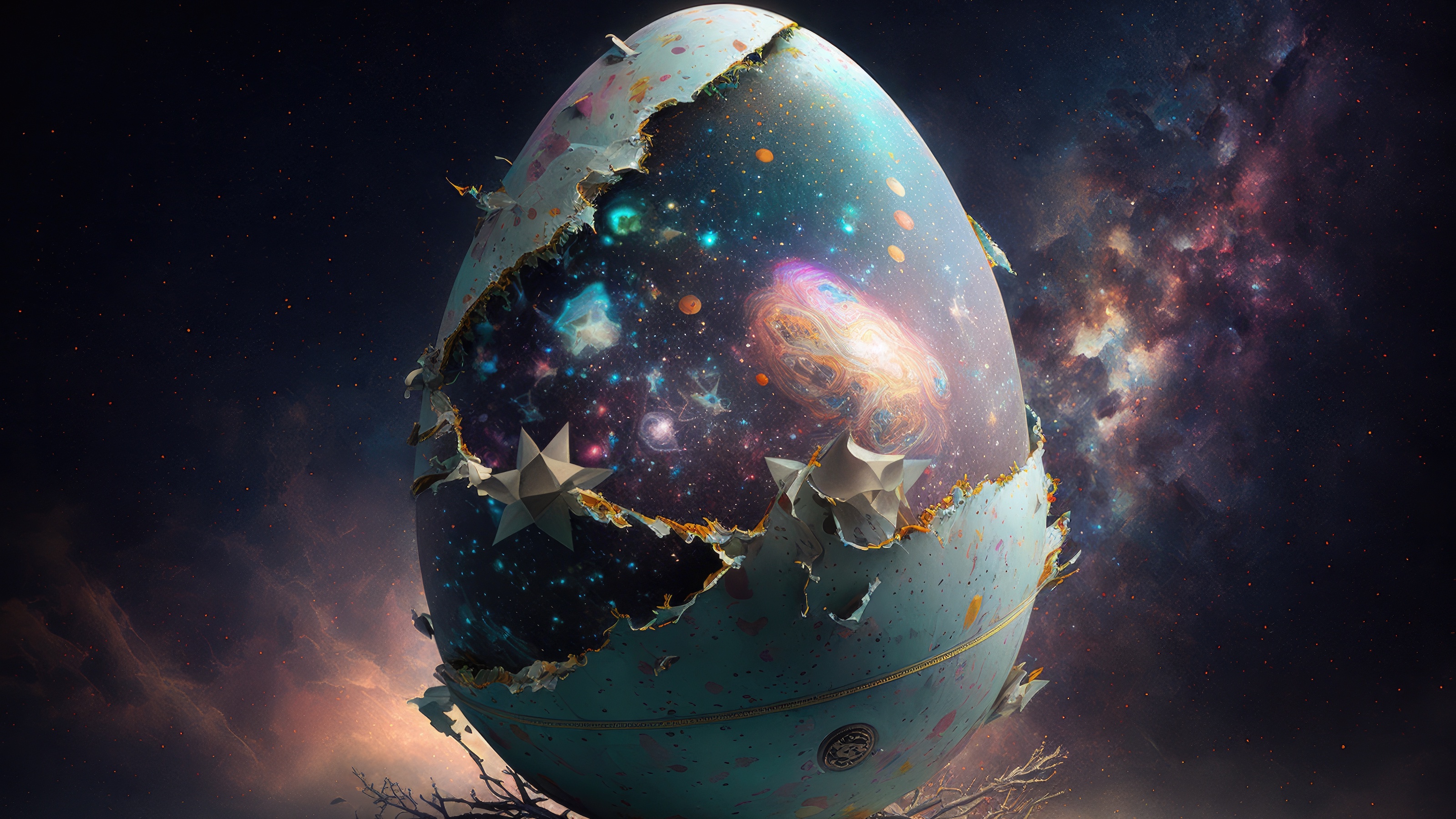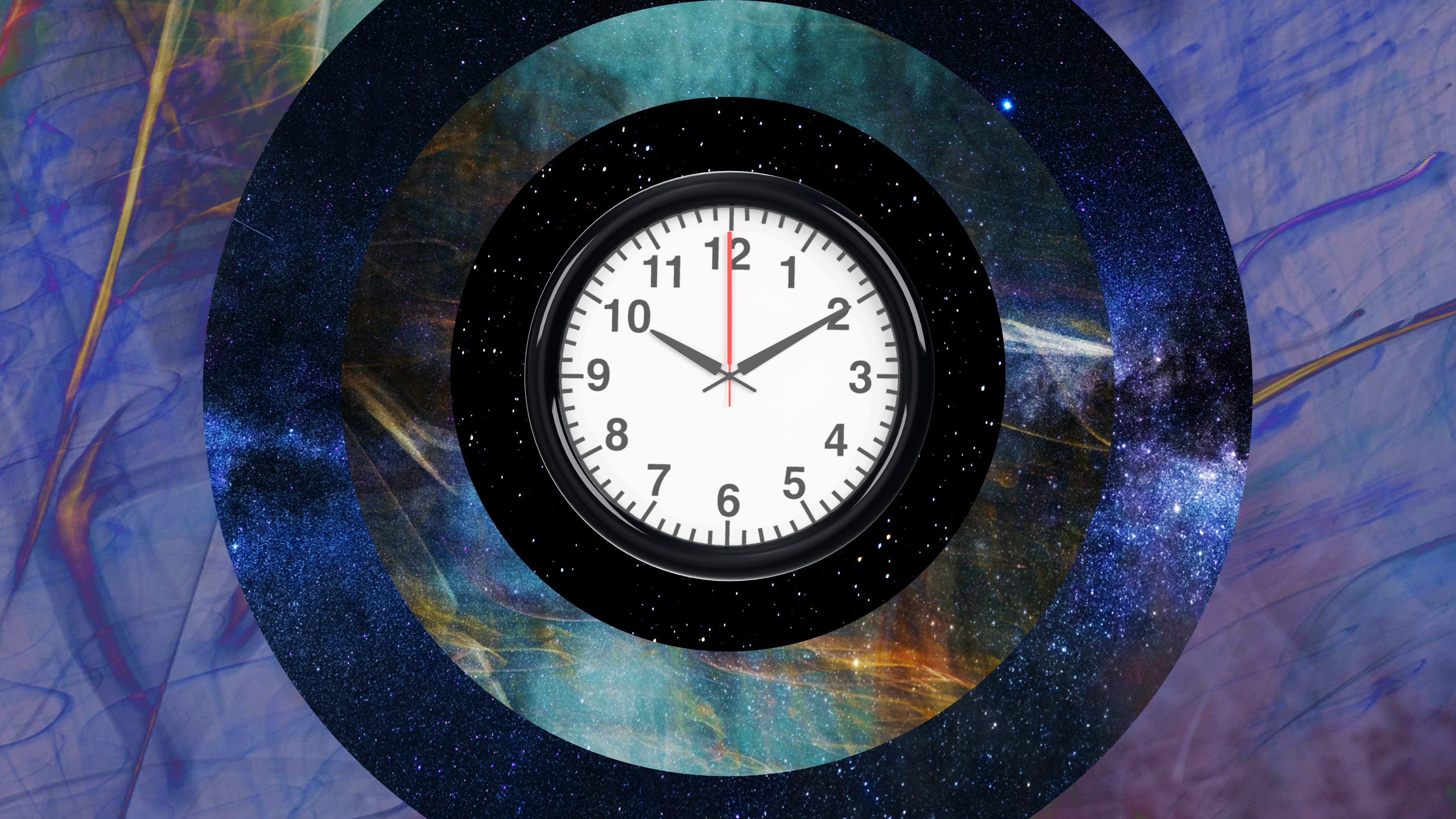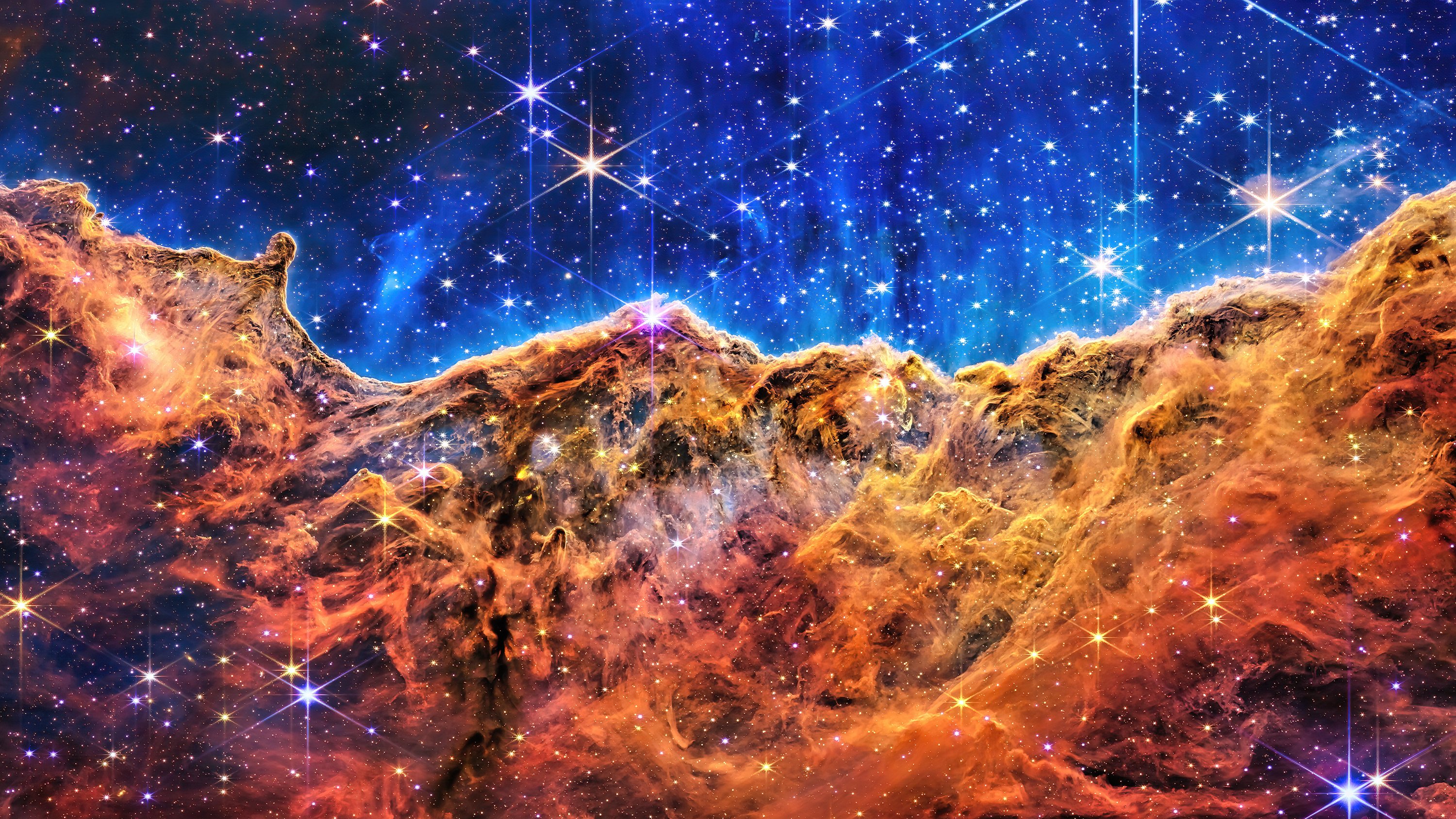Is the Universe a quantum fluctuation?

- Can science explain the origin of everything?
- All models proposed so far to describe the origin of the Universe use quantum mechanical ideas to make sense of the beginning of time.
- The first of these models proposed that the Universe came from an energy fluctuation out of the quantum vacuum — the quantum egg that gave rise to everything.
Can science figure out how the Universe came to be? The Big Bang model, as developed by George Gamow, Ralph Alpher, and Robert Herman, reconstructed the history of the Universe from about one ten-thousandth of a second after the “bang,” all the way to the formation of the first hydrogen atoms and the decoupling of photons when the Universe was about 400,000 years old. That last process gave rise to the cosmic microwave background radiation, which was discovered in 1965.
The breakdown of physics as we know it
In its infancy, the Universe was filled with a primordial soup of elementary particles and radiation, all furiously colliding. This picture of the early Universe has been amazingly successful, prompting physicists to push their models as far back in time as they might reach. But how far can they reach? How close to the very origin can scientific models arrive? Could they go all the way to t = 0, the beginning of everything? Or does the notion of time passing lose its meaning as we approach the origin?
This is an old problem, one philosophy sometimes calls the First Cause. If there really is an abrupt beginning of everything, a Universe that becomes itself at some point in the past, it must be due to an uncaused cause — a cause that cannot be preceded by anything else. Any model for the origin of the Universe uses established physical laws and places them within the conceptual framework of physics. Science cannot avoid using something to describe things, and this something presumes the existence of a material substrate. In other words, to see something hatch, we need to start with an egg, and the question is where this egg comes from. It is easy to fall into an endless regression, a problem famously expressed as “turtles all the way down.”
Thus, the building of a workable model for the origin of the Universe does not address the question of why this Universe operates the way it does. Science certainly provides many answers to the workings of nature, but we should not lose sight of its limitations. The question of why there is something rather than nothing should inspire us all to humility.
Mathematically, extrapolating any of the traditional cosmological models to time t = 0 leads to what we call a singularity. Matter density becomes infinite, the curvature of spacetime becomes infinite, and the distance between any two observers goes to zero. Disturbing as this may sound, the existence of a singularity is not to be taken too seriously. It signals the breakdown of general relativity, and of physics as we know it, at the extreme conditions that prevailed during the very first moments of the Universe’s existence. In essence, the singularity signals our ignorance of physics at these very high energy scales. Something else is needed here, and ideas abound. The most promising among them call for a blend of general relativity and quantum mechanics.
Quantum fuzziness in the early Universe
The most dramatic effect from quantum mechanics is an intrinsic fuzziness of matter that manifests itself at atomic and subatomic distances. Close to the Big Bang singularity, the whole geometry of the Universe is to be treated by quantum mechanics, and as such, the very concepts of space and time become blurry. It may be that quantum mechanics will blunt the sharpness of the singularity by making it fuzzy.
There have been many attempts to marry Einstein’s general relativity with quantum mechanics, but so far their promise far outpaces their success. Some of the best minds in theoretical physics are at this moment very busy trying to make this marriage work. As all authors working in this field should agree, any claim to understand physical conditions near the singularity must be met with substantial skepticism. Yet we push forward. We must try to obtain at least some information about the peculiar physics that dominated the beginnings of the Universe.
In 1973, Edward Tryon, then at Columbia University, proposed a pioneering idea of how to apply quantum mechanics to the beginning of the Universe. Tryon suggested that quantum fuzziness does not only occur when measuring positions and velocities, but also applies to measurements of energy and time. In the world of the very small, it is possible to violate the law of conservation of energy for very short times, Tryon proposed, even if the net energy of the Universe is zero.
This is not as crazy as it seems. Think of a billiard ball lying quietly on the ground. If it is not moving, it has no kinetic energy. If we measure gravitational potential energy from the ground up, it also has no potential energy. The ball rests at a zero-energy state. Now turn the ball into an electron. According to Heisenberg’s uncertainty principle, we cannot localize an electron and tell its velocity simultaneously. The fuzziness inherent in the electron prohibits that.
“Nothing” is full of possibilities
Thus, in quantum mechanics, there is no zero-energy state. There is only the lowest possible energy state of a system, its ground state. Now, if there is an inherent uncertainty in the energy of a system, then the energy of the ground state can fluctuate. If we call this ground state a quantum vacuum, it follows that the quantum vacuum always has some structure to it. There is no such thing as a true vacuum in the sense of complete emptiness. Quantum mechanics forbids nothingness.
If there are energy fluctuations in a quantum vacuum, very interesting things can happen. For example, the E = mc2 relation tells us that energy and matter are interconvertible. A vacuum energy fluctuation can be converted into particles of matter. Sounds weird? Maybe, but it happens all the time. These particles are called virtual particles, living a fleeting existence before plunging back into the ever-busy quantum vacuum.
Tryon extrapolated the idea of quantum fluctuations to the Universe as a whole. He reasoned that if all that existed was a quantum vacuum, a bubble-like energy fluctuation out of this vacuum could have given rise to the Universe. Tryon proposed that the whole Universe is the result of a vacuum fluctuation, originating from what we could call quantum nothingness.
Tryon’s proposal falls into the category of universes with a beginning, but created out of nothing. However, nothingness here, as well as in all the other examples of quantum-created universes that followed Tryon’s inspiring idea, must be understood in terms of quantum mechanical nothingness, and not from an absolute nothingness that translates to complete emptiness. In physics you simply cannot get something out of nothing. Creation ex nihilo is not the way of nature.





